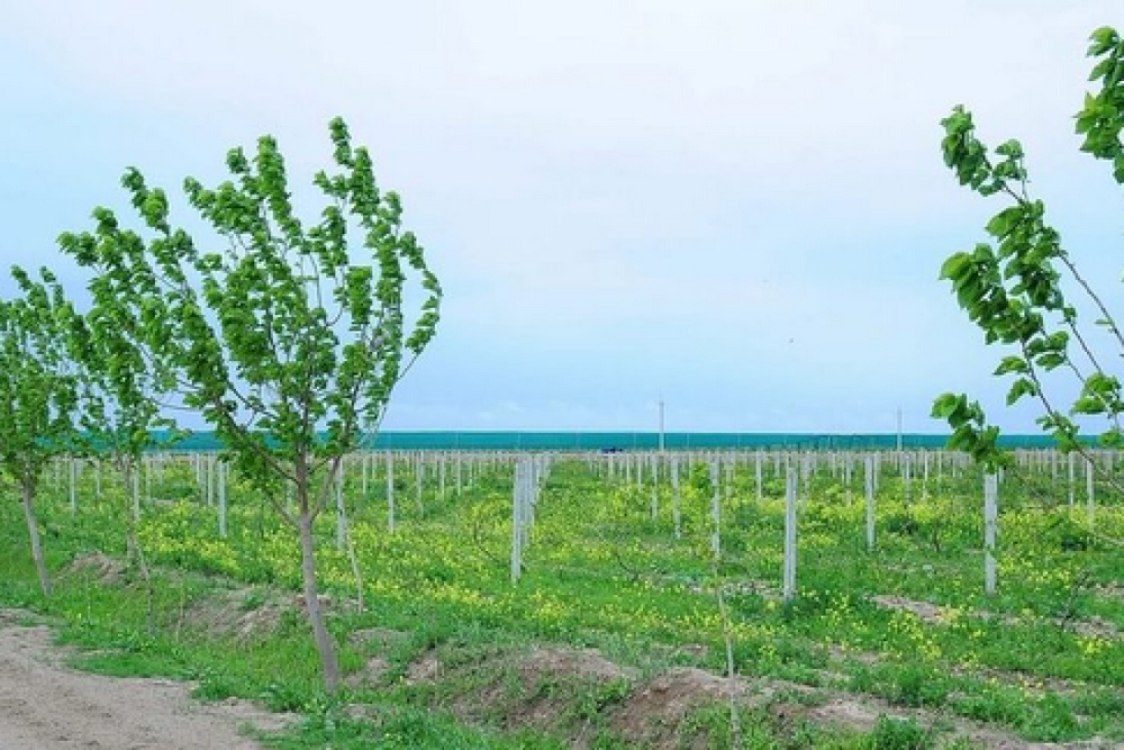
Experts from the Laboratory of Alternative Energy Sources and Measurement Instrument Technologies at the International Science and Technology Park of the Academy of Sciences of Turkmenistan have introduced a new material for viticulture: hydrophobic sulphur concrete cages. PhD in Technical Sciences, Meretmuhammet Hudayberdiyev, has the potential to revolutionise agriculture. This information was featured in the online publication ‘Turkmenistan: The Golden age’.
Traditionally, grape trellises are made of wood or metal, but these materials are susceptible to rot, corrosion, and deterioration due to moisture and chemical exposure. The new sulphur concrete composite lacks these drawbacks—it possesses high mechanical strength, resistance to aggressive environments, and, most importantly, hydrophobic properties, i.e., the ability to repel water.
This technology, developed by Turkmen scientists, is opening new horizons for the agricultural sector by reducing maintenance costs and increasing production efficiency. The application of these technologies is particularly important for countries with hot climates where traditional materials wear out quickly.
Experts highlight that sulphur concrete trellis serves as a successful example of the effective use of modern materials in agriculture and contributes to the sustainable development of agriculture. In the future, this technology could be adapted for other crops requiring support structures.













 Read us in Zen
Read us in Zen



